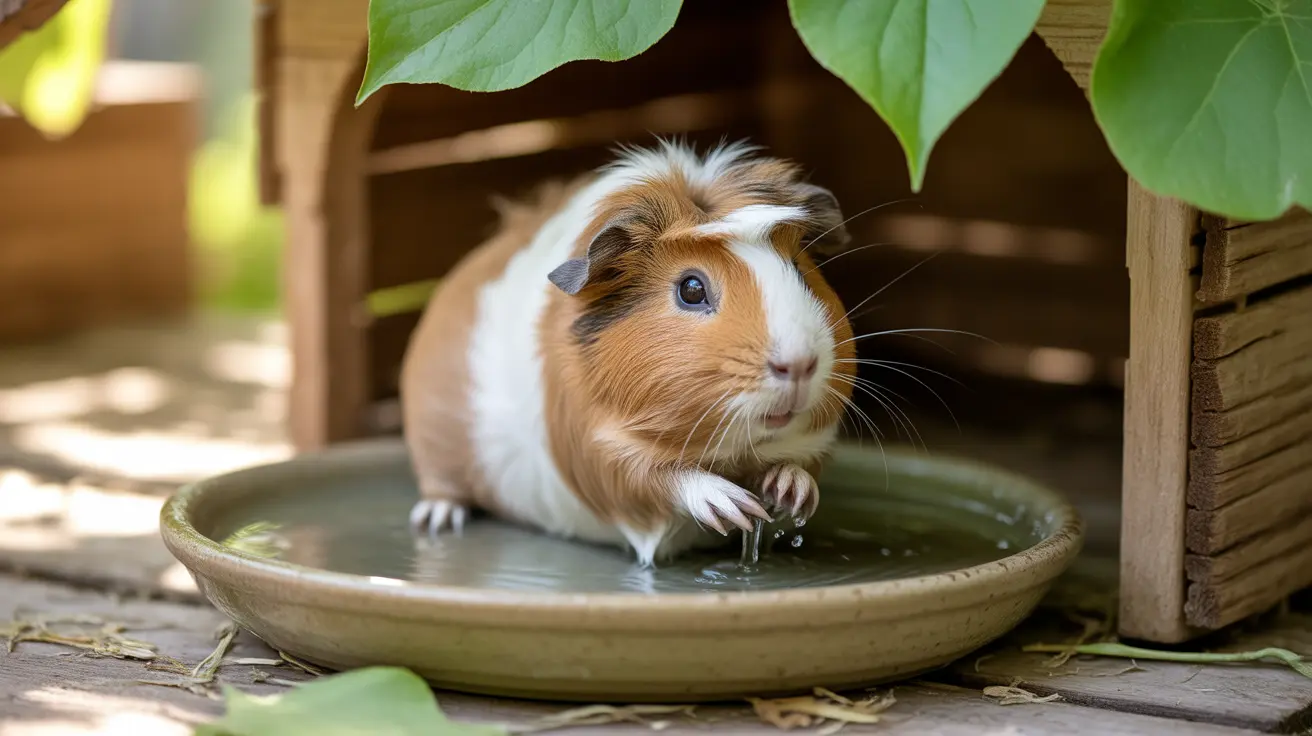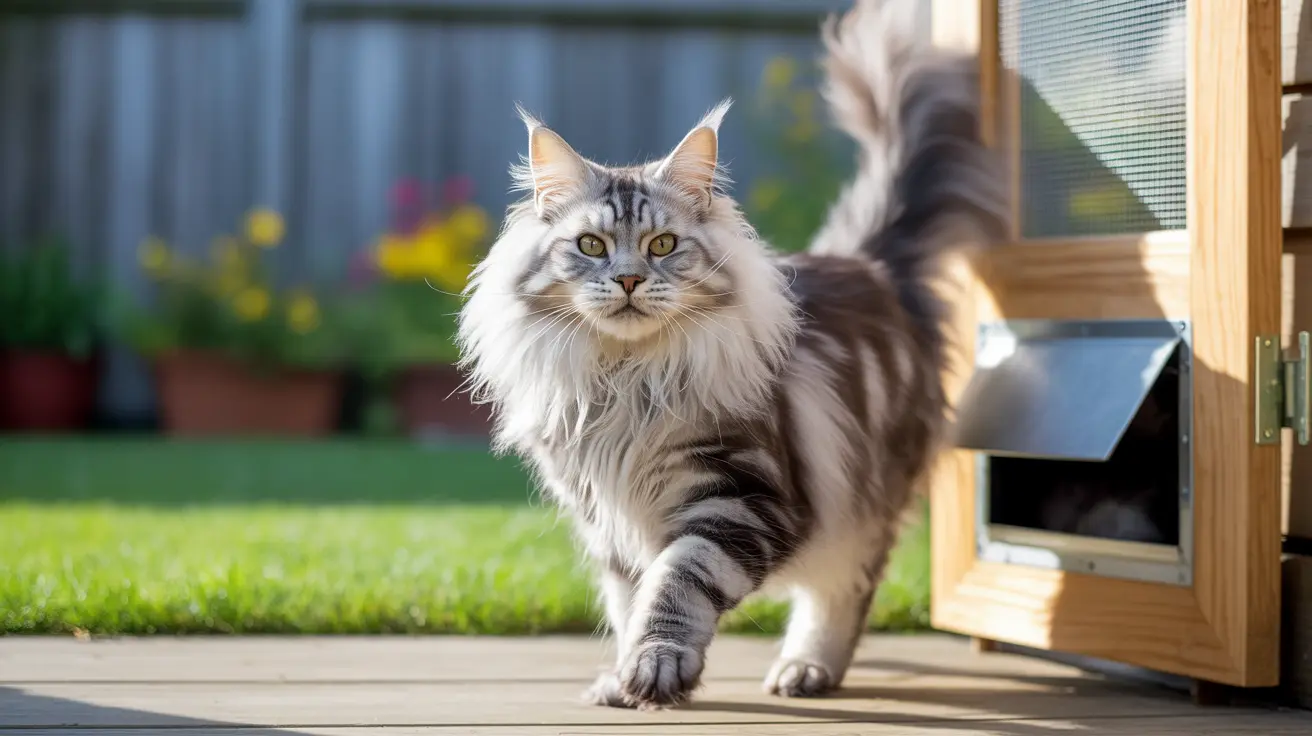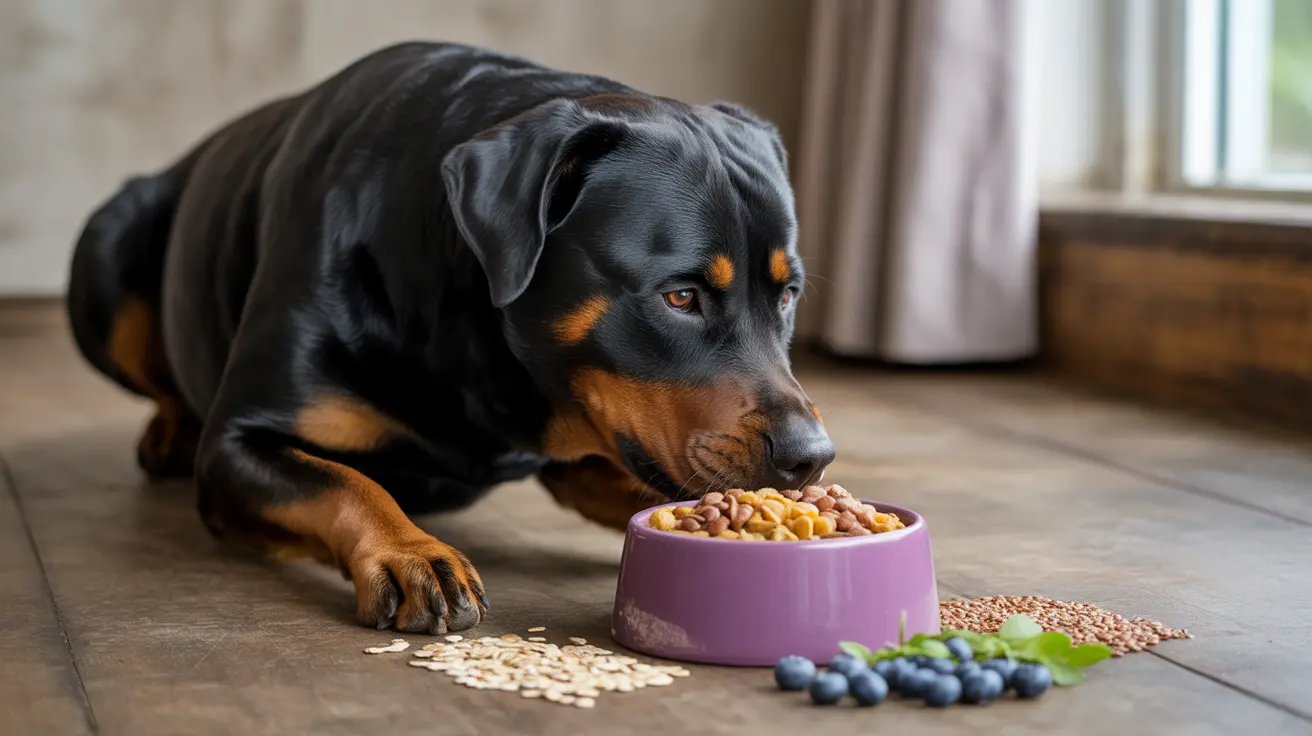Keeping Small Pets Safe in Summer Heat: Essential Protection Tips for Outdoor and Indoor Companions
As summer temperatures soar, small pet owners face unique challenges in protecting their beloved companions from dangerous heat exposure. Unlike larger animals, small pets such as rabbits, guinea pigs, hamsters, birds, and ferrets are particularly vulnerable to heat-related illnesses due to their size and limited ability to regulate body temperature effectively. Whether housed outdoors in hutches and runs or kept indoors in cages near windows, these delicate animals require specialized care and attention during hot weather to prevent potentially fatal heat stroke.
Understanding how to create safe, cool environments and recognize early warning signs of overheating can mean the difference between life and death for your small pets. This comprehensive guide will equip you with essential knowledge and practical strategies to ensure your furry, feathered, or scaled friends stay comfortable and healthy throughout the hottest months of the year.
Creating Safe Outdoor Environments for Small Pets
Small pets housed in outdoor enclosures face the most significant risk during summer heat waves. The key to keeping small pets safe in summer heat outdoors lies in providing adequate protection from direct sunlight and ensuring proper ventilation throughout their living spaces.
Never allow your small pets to be exposed to direct, unprotected sunlight during any part of the day. Their enclosures must include shaded areas that provide complete protection from the sun's rays. Remember that shade positions change throughout the day as the sun moves across the sky, so multiple shaded areas or moveable shade structures are essential to ensure continuous protection.
For rabbits and guinea pigs in outdoor hutches, consider installing additional roof overhangs or shade cloths that can be adjusted as needed. The enclosure should allow for proper airflow while blocking direct sunlight. Elevated hutches often provide better ventilation than ground-level structures, as cool air can circulate underneath the living area.
If you use outdoor aviaries for birds, ensure they have both covered and partially covered sections. Birds need access to shade but also require some natural light for their well-being. Position aviaries where they receive morning sun but are protected during the hottest afternoon hours when temperatures typically peak between 11 AM and 4 PM.
Proper Indoor Placement and Ventilation
Indoor small pets aren't automatically safe from heat dangers. Cages and aviaries placed directly in front of windows can become dangerously hot as sunlight streams through the glass, creating a greenhouse effect that can quickly raise temperatures to life-threatening levels.
Position your pet's enclosure away from direct window exposure, especially windows that receive afternoon sun. South and west-facing windows generate the most heat during summer months. Instead, choose locations with indirect natural light or areas that remain consistently cool throughout the day.
Ensure proper ventilation around indoor enclosures by maintaining adequate space between the cage and walls. This allows air to circulate freely around the habitat. During extreme heat events, consider using fans to improve airflow, but position them so they don't create direct drafts on your pets, as sudden temperature changes can also be harmful.
Essential Hydration and Water Management
Water management becomes critical when keeping small pets safe in summer heat. During hot weather, small pets consume significantly more water than usual, and evaporation rates increase dramatically in outdoor enclosures.
Check water bowls multiple times throughout the day, refilling them with fresh, cool water as needed. Use tip-proof bowls to prevent accidental spilling, which could leave your pets without water during the hottest parts of the day. For outdoor enclosures, consider installing multiple water sources to ensure availability if one becomes contaminated or empty.
During heat waves, you can add ice cubes to water bowls to provide additional cooling, but monitor to ensure the water doesn't become too cold too quickly. Some small pets, particularly rabbits and guinea pigs, benefit from having both regular temperature water and slightly cooled water available simultaneously.
For birds, shallow water dishes for bathing can provide additional cooling opportunities. Many bird species naturally bathe to regulate their body temperature, so providing this option during hot weather supports their natural cooling mechanisms.
Food Safety and Nutritional Adjustments
Hot weather significantly impacts food safety for small pets. Fresh foods that normally provide valuable hydration and nutrients can spoil rapidly in high temperatures, potentially causing serious digestive issues or food poisoning.
While fresh vegetables and fruits can help with hydration during hot weather, they require careful management. Offer fresh foods during cooler parts of the day, such as early morning or evening, and remove any uneaten portions within 2-3 hours to prevent spoilage. Leafy greens like lettuce, cucumber, and watermelon can provide both nutrition and hydration for rabbits and guinea pigs.
Consider adjusting feeding schedules to avoid the hottest parts of the day. Many small pets are naturally more active during dawn and dusk hours anyway, making these ideal times for feeding. This schedule also allows you to monitor food consumption more closely and remove leftovers before they spoil.
For seed-eating birds, ensure seed storage areas remain cool and dry. Hot, humid conditions can cause seeds to develop mold or become rancid more quickly than usual, which can be dangerous for your feathered friends.
Recognizing Heat Stroke Symptoms in Small Pets
Understanding the signs of heat stroke in small pets is crucial for early intervention. Small animals can develop heat stroke rapidly, and symptoms may progress quickly from mild distress to life-threatening emergency.
Watch for excessive panting or open-mouth breathing, especially in species that don't normally pant heavily. Rabbits and guinea pigs showing rapid, shallow breathing or lying stretched out in unusual positions may be overheating. Birds that appear lethargic with open beaks and wings held away from their bodies are likely experiencing heat stress.
Other critical symptoms include weakness, difficulty breathing, increased heart rate, drooling, stupor, collapse, seizures, bloody diarrhea or vomit, and body temperatures over 104°F. In small pets, you may notice glazed eyes, lethargy, loss of appetite, and unusual behavior such as refusing to move or seeming disoriented.
If you observe any of these symptoms, take immediate action to cool your pet while seeking emergency veterinary care. Move the animal to a cool, shaded area and apply cool (not ice-cold) water to their head, ears, paws, and belly. Provide access to small amounts of cool water if the pet is conscious and able to drink.
Cooling Solutions and DIY Heat Relief
Several effective cooling methods can help small pets cope with extreme temperatures. For outdoor enclosures, consider installing misting systems or providing shallow water areas where pets can cool their feet. Kiddie pools work well for rabbits and guinea pigs, allowing them to wade and cool down naturally.
Frozen treats can provide both entertainment and cooling relief. Freeze small portions of pet-safe fruits like apple slices or berries in ice cube trays. For rabbits and guinea pigs, frozen herbs like parsley or cilantro make excellent cooling treats. Always introduce new treats gradually and ensure they're appropriate for your specific pet species.
Cooling mats and ceramic tiles provide excellent relief for small pets. These products stay naturally cool and allow pets to lie against them to lower their body temperature. Position these cooling surfaces in shaded areas of the enclosure for maximum effectiveness.
For birds, providing shallow bathing dishes or gentle misting can help them regulate their temperature naturally. Many birds enjoy light spraying with cool water, but always allow them the choice to move away from the mist if they prefer.
Safe Outdoor Time Scheduling
Timing outdoor activities and free-range periods requires careful planning during summer months. Schedule outdoor time during the coolest parts of the day, typically early morning hours before 10 AM and evening hours after 6 PM when temperatures begin to drop.
Avoid any outdoor exposure during peak heat hours between 11 AM and 4 PM when sun intensity and ambient temperatures reach dangerous levels. Even pets accustomed to outdoor living should be brought indoors or provided with climate-controlled shelter during extreme heat warnings.
For pets that normally spend time in outdoor runs or exercise areas, consider creating indoor alternatives during heat waves. Exercise pens can be set up in air-conditioned areas, allowing pets to maintain their activity levels safely.
Monitor weather forecasts and heat index readings to plan ahead. When temperatures are predicted to exceed 85°F with high humidity, take extra precautions and consider keeping small pets indoors entirely.
Special Considerations for High-Risk Pets
Certain small pets require additional attention during hot weather due to their increased vulnerability to heat-related illness. Elderly pets, overweight animals, and those with pre-existing heart or lung conditions need extra monitoring and protection.
Flat-faced or brachycephalic breeds, including certain rabbit breeds and some bird species, have increased difficulty regulating body temperature and should be kept in climate-controlled environments during hot weather. Their compromised breathing ability makes them particularly susceptible to heat stroke.
Very young animals and pregnant or nursing mothers also require special care. Their bodies work harder to maintain proper temperature, making them more vulnerable to heat stress. Provide these pets with the coolest, most comfortable areas of their enclosures and monitor them closely for signs of distress.
Pets recovering from illness or surgery may have reduced ability to cope with temperature stress. Consult with your veterinarian about specific precautions needed for pets with health concerns during hot weather periods.
Frequently Asked Questions
What temperature is too hot for small pets like rabbits and guinea pigs?
Small pets begin experiencing stress when temperatures exceed 75°F, with serious danger occurring above 80°F. When combined with high humidity, even temperatures in the mid-70s can be problematic. Always provide cooling options when temperatures approach 75°F and bring pets indoors when temperatures exceed 80°F.
Can I use ice water to cool down an overheated small pet?
Never use ice-cold water on overheated pets as this can cause shock. Instead, use cool (not cold) water applied to the head, ears, paws, and belly. The goal is gradual cooling to prevent sudden temperature changes that could worsen the pet's condition.
How often should I check on outdoor small pets during hot weather?
During hot weather, check outdoor pets at least every 2-3 hours, with more frequent checks during extreme heat warnings. Water levels, shade coverage, and your pet's behavior should be monitored continuously. If temperatures exceed 85°F, consider bringing pets indoors or providing climate-controlled shelter.
What fruits and vegetables are safe cooling treats for small pets?
Safe cooling treats include cucumber, watermelon (seedless), apple slices, leafy greens like romaine lettuce, and herbs such as parsley or cilantro. Always introduce new foods gradually and research specific dietary requirements for your pet species, as some foods safe for rabbits may not be appropriate for birds or other small animals.
Should I shave my long-haired rabbit or guinea pig for summer?
Never completely shave small pets as their fur actually helps regulate body temperature and protects against sunburn. Instead, trim longer hair moderately and brush regularly to prevent matting, which can trap heat. Their natural coat provides insulation that works both ways - keeping them warm in winter and helping them stay cooler in summer.
How can I tell if my bird is too hot?
Signs of overheating in birds include open-beak breathing, holding wings away from their body, lethargy, lack of appetite, and spending time on the cage floor rather than perching. Birds may also appear fluffed up despite the heat or show signs of distress such as rapid breathing.
Is it safe to use fans around small pet enclosures?
Fans can be beneficial for improving air circulation around small pet enclosures, but avoid pointing them directly at the pets to prevent creating uncomfortable drafts. Position fans to move air around the general area rather than creating direct airflow on the animals themselves.
Conclusion
Keeping small pets safe in summer heat requires vigilant attention to environmental conditions, proper enclosure setup, and understanding your pet's individual needs and vulnerabilities. By providing adequate shade, maintaining fresh water supplies, adjusting feeding schedules, and recognizing early warning signs of heat stress, you can protect your small companions from dangerous heat-related illnesses.
Remember that prevention is always better than treatment when it comes to heat stroke in small pets. By implementing these safety measures and maintaining awareness of weather conditions, you can ensure your rabbits, guinea pigs, birds, and other small pets remain healthy and comfortable throughout even the hottest summer months. When in doubt, err on the side of caution and provide the coolest, most protected environment possible for your beloved small pets.





